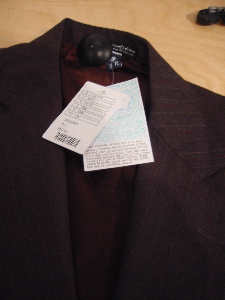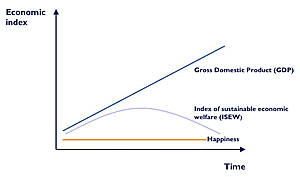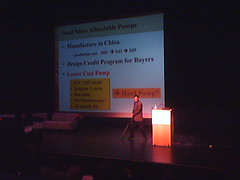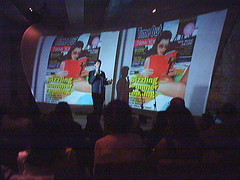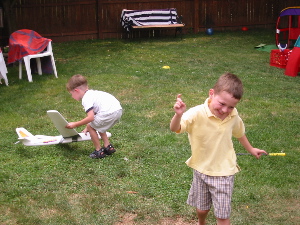
I recently had a good conversation with Sara Beckman of Berkeley’s Haas School of Business. Comparing what MBA students do in relation to designers, it’s hard to identify what skills they’re missing — other than hard skills like illustration — that designers have. What business students learn in courses like product development is surprisingly similar to product development that designers learn. Sara’s students even do ethnographic studies and build personas.
And in my experience, it’s easier for business people to make the leap into business design activities than designers. Maybe it’s because business is a broader base of training, or because it doesn’t focus on the design of artifacts.
But, business people sometimes have deficiencies in two areas: empathy and abductive thinking. Some designers also lack empathy, unfortunately. But designers can’t get far without the ability to create new ideas. I think designers (and other creative people) are good at generating ideas because they’re allowed to be silly (not because they have a monopoly on the right side of the brain). Silliness leads to new ideas, whether the goal is silly ideas or just new ideas. It’s hard for business people to be simultaneously silly and fiscally responsible; we traditionally view these qualities in opposition. This is a fundamental challenge in business design: how to help clients perceive the potential benefits when they’re used to looking for business rigor or creativity, not both together?
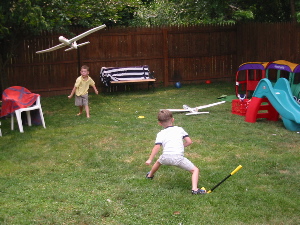
In design language, silliness is often termed play. In Managing as Designing Boland and Collopy describe play:
An open, liquid design process involves playing with ideas, alternatives, and elements of the design. The design emerges through playful interaction with materials, models, and alternatives being considered. Playing with meanings, implications, and purposes of a design project can lead to emergence of unexpected insights or discoveries that can be opportunistically included in the project.
Augusto Grillo writes,
It is play that sparks creativity, creating contexts in which freedom, gratuitousness and passion produce their fecundating action.
Play fascinates and absorbs to the point of making us infinitely repeat our attempts to improve our performance, to create new paths, new ways to arrive, in our case, to the ‘right’ product, the most suitable solutions.
It is in this sense that play can enrich the design process, and that the concept of playfulness in design may justify more exhaustive study in this research area.
We may conclude that ‘play’, so necessary in that it precedes and gives rise to the creative act, like beauty, will save the world.
When Grillo says play compels us to “infinitely repeat our attempts to improve our performance” I’m reminded of the instructional power of play.
